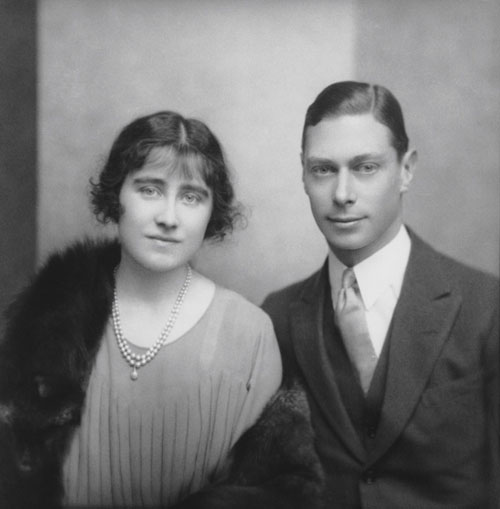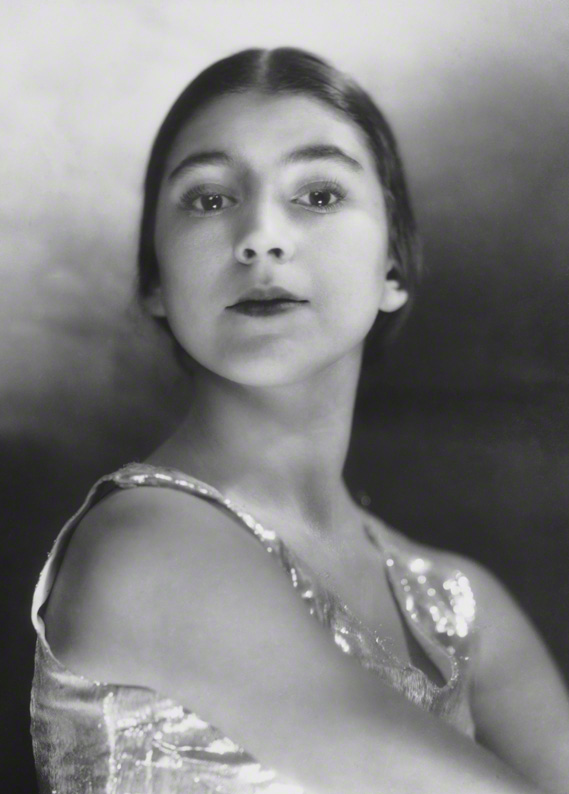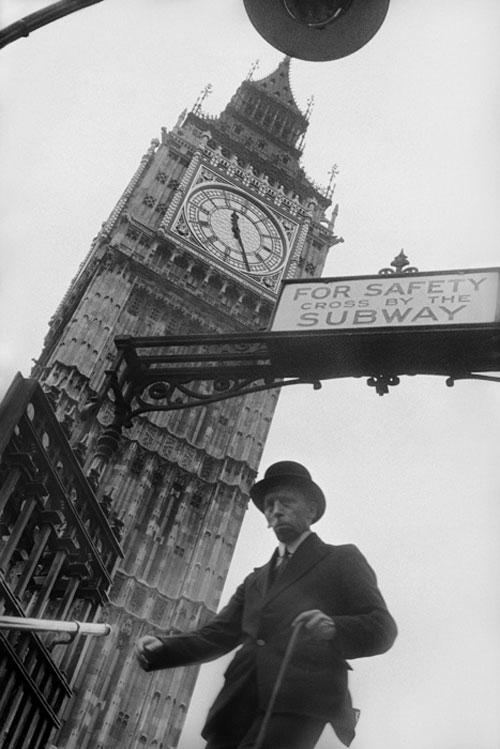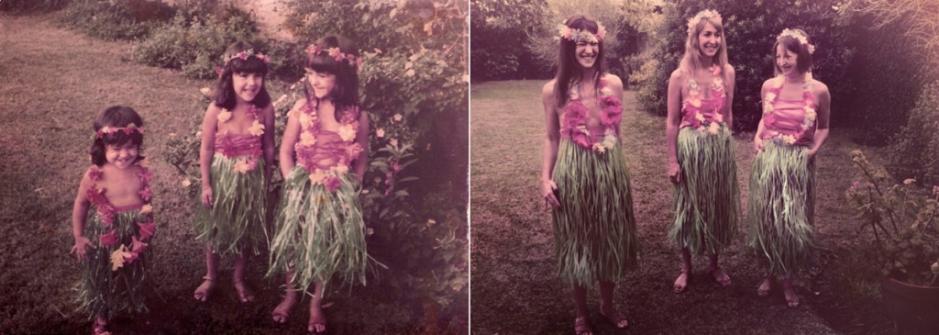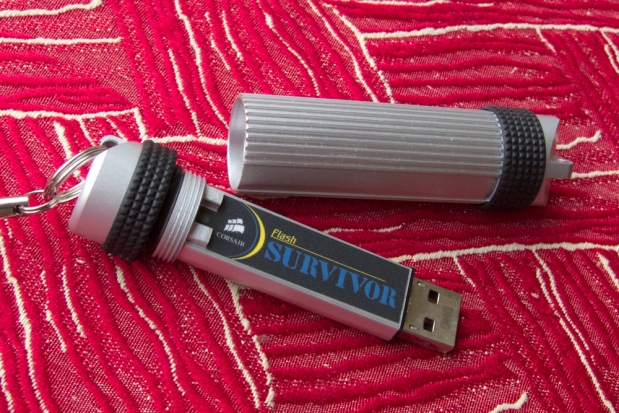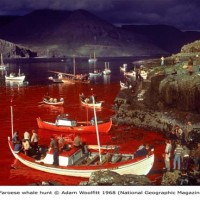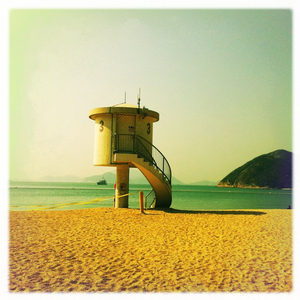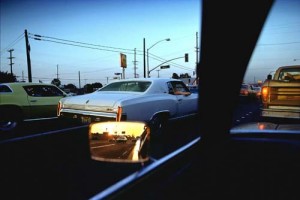These guys decided to steal my content, but apparently didn't even have enough pride in their work to not break their site.
I recently had an interesting exchange by e-mail with someone who had taken the Pixiq RSS feed and re-published it wholesale on their website. Of course, I'm not a big fan of people stealing my stuff, so I dropped the site editor a terse, but businesslike e-mail.
My E-mail
Hey there.
I note that on this page: (link removed), you are re-publishing my article "You can’t photograph your cake and eat it too…", originally published on Pixiq, here.
Please note that I have not given permission for this, and you are guilty of a copyright infringement. Please ensure that this article (and any other articles written by myself that you may have 'borrowed') are removed within 48 hours. Failure to do so will result in a legal challenge and an invoice for any costs incurred.
Yours sincerely, Haje Jan Kamps
Usually when I send e-mails like this, they get ignored, and I roll out the big guns: DMCA takedown notices, invoices, and legal representation. This time, however, I received a response which I've had a few times now, and which I'm quite tired of these days, so I figured I'd write a separate post about RSS feeds and copyright.
The response...
Haje, that came in on an RSS syndicate. I didn't edit it, It was added automatically just as YOU included it in YOUR RSS FEED.
I don't like being accused of copyright infringment when it's your own stupidity that put the entire story up instead of an intro sentence taking you to your site. If you notice the link is there, you just put too much in your RSS feed.
So, no infringement occurred. I don't mind taking it down for you but not until you ask properly instead of jumping on your high horse and making laughable threats. Otherwise, feel free to take any legal action you think appropriate and I'll do the same.
(name removed), Editor
So, what's the problem?
Well, the problem is that this 'editor' apparently doesn't quite understands how copyright works. (As a sidenote: accusing me of "stupidity", and "jumping on [my] high horse and making laughable threats" would fly a lot better if you knew what you were talking about, mr Editor, but that's by the by).
As I wrote in my article What is copyright, and how do infringements harm you, it doesn't matter two hoots if I put everything in my RSS feed or not - it certainly is not an invitation to 'borrow', 'republish' or 'autimatically' my content on another site.
An analogy: If your corner shop has a mostly blind shopkeeper who can't keep track of what's happening in his shop, stealing candy from him is perfectly, obviously, and completely illegal, even if he makes it very easy for you by not looking out for his wares.
As the copyright owner, I’m fully within my right to create all sorts of conditions of use of my own content. In the case of my RSS feed, the only conditions are ‘personal use’ (so, don’t distribute it on- or off-line) and ‘non-commercial’, (so, don’t try to make money off my content).
The thing is, I'm not trying to be unreasonable. From my perspective, I’m not all that fussed if people e-mail each other copies of my articles: As long as I am not competing against myself in Google and other search engines, it’s not a fight I’m likely to find worth fighting.
The crux of the matter is that most RSS readers are ‘closed communities’ – Unless you are logged into Google Reader, you can’t see any feeds. This means that search engines don’t index RSS readers – as such, they are not in competition against my own site for search engine traffic.
Now, if someone re-publishes my content on their site, that’s a different matter altogether.
So, Haje, how did you respond?
As follows:
Dear Mr (Name Removed),
I'm frightfully sorry to break your bubble here, but only because something is available to copy, doesn't mean it is copyright free. For more details see the section under the heading "But you have an RSS feed! Isn’t that just begging for it?" in this article.
Pretty please with a cherry on top, take down my copyrighted content immediately.
~ Haje
Disclaimer
I have rudimentary legal training in UK media law, but my training is several years old, and you’d be insane to take legal advice from some random bloke off the internet anyway. Nothing in this post is meant as actual legal advice – talk to your solicitor, that’s what they are there for!
Further Reading
Further Reading
This is part of a 4-story series:
- What is copyright, and how do infringements harm you?
- Protecting your copyright in a Digital World
- Just because it's in my RSS feed, doesn't mean you get to steal it
- Ignorance is no excuse
In addition, you might enjoy Police Fail: Copyright, what is that? and Even Schools Don't Care About Copyright...







